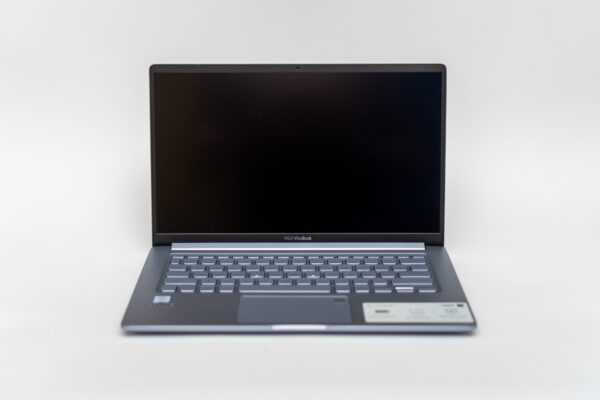
ASUS’ recently launched VivoBook S14 Z403 must surely have piqued a lot of interest with their 24-hours battery life claim. That’s more than double what most other notebooks are capable of achieving. Can you run a notebook for a whole 24-hours with AC power? We’ll see.
The other big highlight about the VivoBook S14 Z403 is the MIL-STD-810G, which says something about how this notebook can hold up to some rugged use. If you have to work outdoors for an extended period of time, this will look like something you should check out.
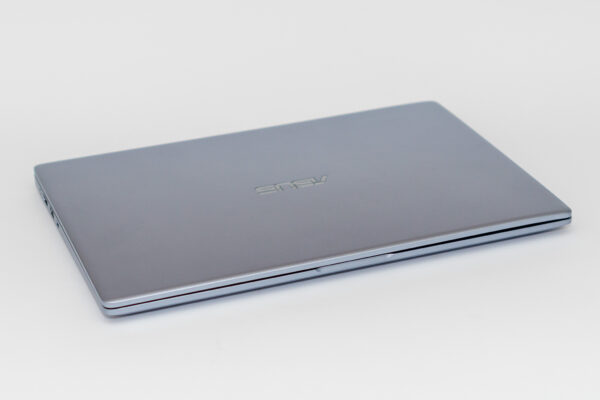
The VivoBook line is different from the more elegant-looking ZenBook line of notebooks from ASUS. That’s not to say the VivoBook is ugly. It isn’t; it’s just rather plain looking, focusing mainly on function rather than aesthetics.
The all-metal body is solid but not too heavy, weighing in at just 1.35 kg. It’s overall dimensions at 322.86 x 208.48 x 16.5 mm makes it a relatively portable notebook that’s easy to take around.
The 14.0-inch LED-backlit Ful HD 1920×1080 resolution 60Hz display has an anti-glare finish, which makes it great for outdoor use. The display has wide 178° viewing angles.
Colour accuracy is not good. In my Spyder5PRO tests, the VivoBook S14 Z403 scores 65%, 46%, and 49% for sRGB, NTSC, and AdobeRGB colour gamut coverage respectively. This actually matches very closely the NTSC coverage that ASUS puts in their specifications.
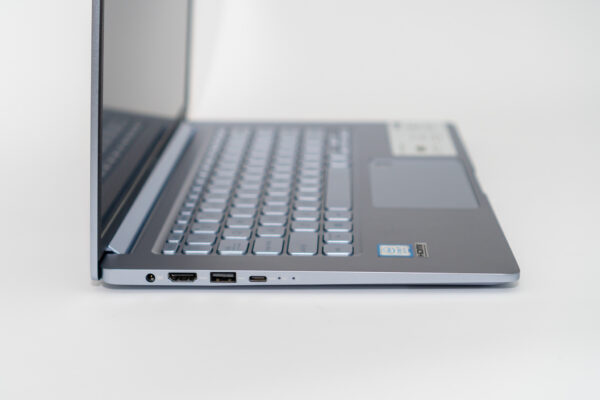
Ports on the left side start with the power jack, HDMI 1.4 port, USB Type-A port, and USB 3.1 Gen 1 Type-C port. The USB Type-C port, unfortunately, cannot be used to supply power to the notebook.
On the other side, there’s a combo audio jack, a SD card slot, and another USB Type-A port.
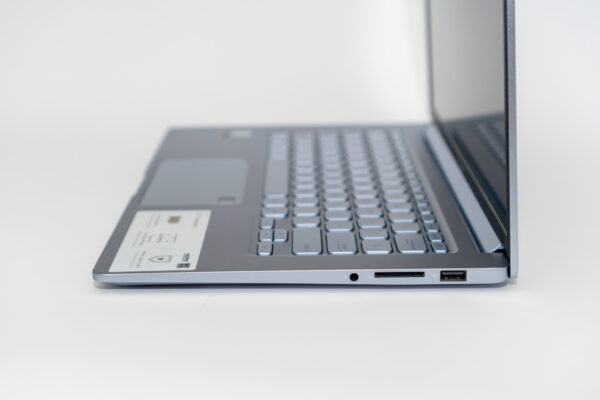
Apart from not supporting Thunderbolt 3, only one of the USB Type-A ports is 3.0. There is a fingerprint reader in the top right corner of the trackpad, a design seen in many other ASUS notebooks. The backlit keyboard itself has a decent typing experience.
Under the hood, this notebook came configured with an Intel i7-8565U processor paired with 8 GB of DDR4 RAM and 512 GB Gen3 x2 SSD.
PCMark 10 benchmark scores are roughly what you’d expect from this processor, though I do note that it does lag behind the 2019 Dell XPS 13:
- Overall: 2753
- Essentials: 8080
- Productivity: 6333
- Digital Content Creation: 3039
- Gaming: 999
The 4-cell 72 Wh battery in this notebook is larger than what you’d typically find in other 14-inch notebook. The important question, of course, is whether the VivoBook S14 Z403 will run for 24-hours on a single charge.
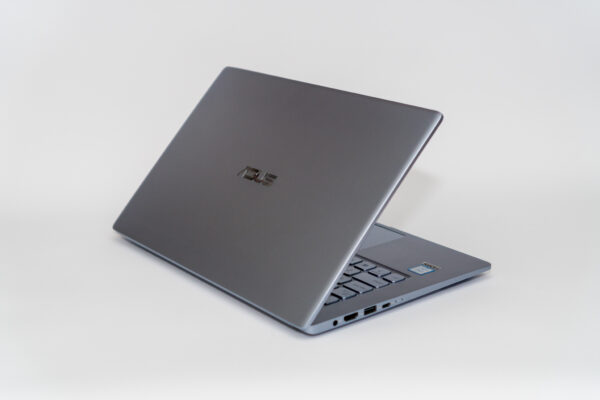
In my tests using PCMark 8 battery test under the Home Conventional workload, the VivoBook S14 Z403 scores 307 minutes. It’s good. This benchmark does put the notebook under constant load, so you may say this is not reasonable. However, for comparison, under the same test scenario, the LG Gram I reviewed last year ran for 544 minutes. Microsoft’s Surface Laptop 2 also scored 383 minutes. It’s a little disappointing that aside from not coming close to 24-hours, the VivoBook S14 Z403 has several competitors that can run longer than it can.
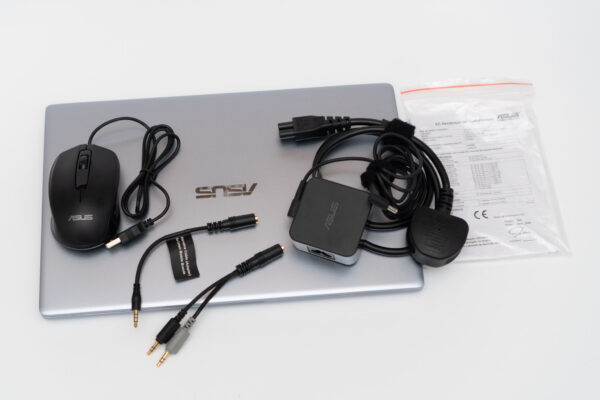
The VivoBook S14 Z403, otherwise, looks like a great notebook for outdoor use.
Retailing at S$1,598, the ASUS VivoBook S14 Z403 is excellent value for money.
Conclusion
The ASUS VivoBook S14 Z403 is an excellent value for money notebook designed for extended use on the road.
Pros:
- Handles some rough use with MIL-STD-810G rating
- Decent battery life
- Portable
Cons:
- Display has poor colour accuracy
View Comment Policy